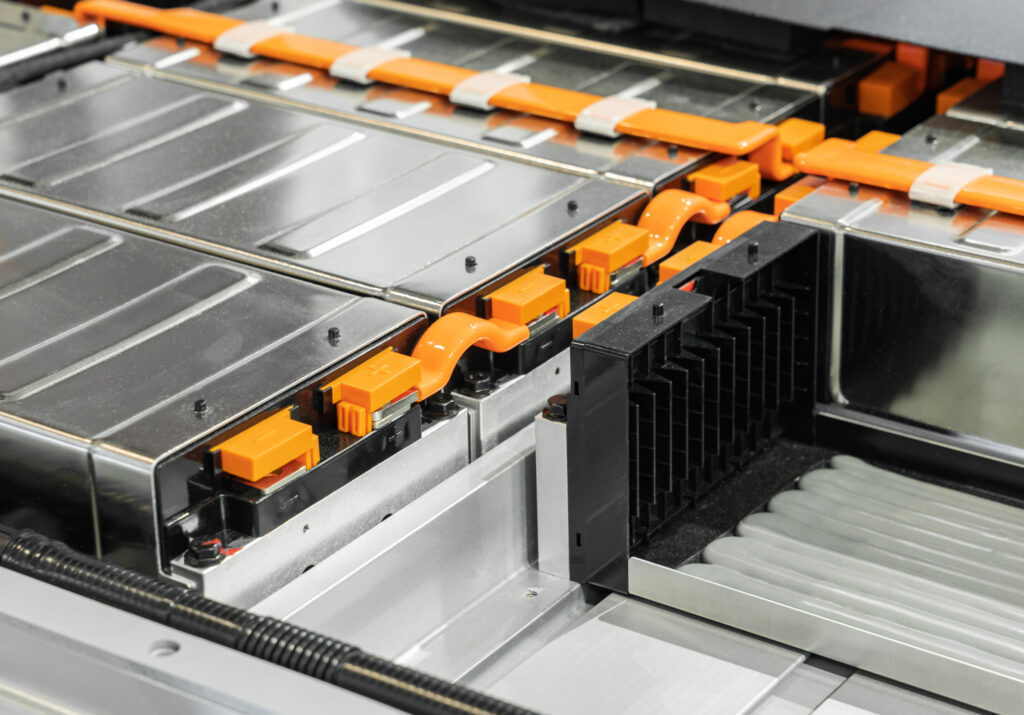Power electronics solutions for on-board charger (OBC) development: how Valeo streamlined innovation with OPAL-RT
Automotive
02 / 23 / 2023

The company
Valeo is a global technology leader and trusted partner to automakers and mobility pioneers worldwide. With a focus on clean, safe, and smart mobility, Valeo develops cutting-edge innovations in electrification, ADAS, interior experiences, and lighting. In 2021, the company generated €17.3 billion in sales and employed over 103,000 people across 31 countries.
As part of its Electrified Mobility division, Moctar Coulibaly, R&D Platform Director, leads the development of high-voltage On-Board Chargers (OBCs) and DCDC converters—mission-critical components that define the EV user experience and integration with the public grid.
The challenges
The On-Board Charger (OBC) is a cornerstone of the EV ecosystem, responsible for energy conversion, grid communication, and consumer usability. With over 90 EV models using Valeo’s technology, the company faced major design and testing challenges:
- Simulating variable grid conditions, voltage dips, harmonics, and load profiles.
- Meeting new standards for Vehicle-to-Grid (V2G) and Vehicle-to-Load (V2L) communications.
- Accurately modeling PFC and LLC converters at extremely high switching frequencies (up to 400kHz).
- Needing sub-200ns time steps and precise PWM detection to validate control laws and ensure battery current ripple met strict requirements.
To deliver the next generation of OBCs, Valeo required a real-time simulation platform that could match the scale and speed of their innovations.
The OPAL-RT solution
Valeo collaborated with OPAL-RT to deploy the eHS Gen5 Power Electronics Toolbox on the OP5707 platform, integrated with RT-LAB and OPAL-RT’s Schematic Editor for fast, intuitive model configuration.
Key capabilities included:
- 100ns–200ns time steps with 625ps resolution on gating events—enabling unmatched accuracy.
- Over 4,000 points per switching cycle, ideal for high-frequency converters.
- Realistic modeling of grid impedance, harmonic distortion, and diode conduction behavior.
- Fast, flexible Simulink-based workflow with advanced user interface tools.
- Accelerated validation of OBC performance in real-world fault conditions before physical testing.
The results
- Enhanced robustness of the entire OBC system, including the AC/DC interface and grid connection.
- Successfully validated high-speed control logic and battery current ripple behavior under varying conditions.
- Reduced development time by simulating and troubleshooting system dynamics early in the cycle.
- Reproduced on-field events using the same control software, ensuring seamless test-to-reality alignment.
- Strengthened a long-standing partnership between OPAL-RT and Moctar’s team—from GE Energy to Valeo.
We saw a strengthening of the development cycle through introducing all possible system variations—such as grid impedances, harmonics, and voltage drops—into the control design before the final product.
Moctar Coulibaly
R&D Platform Director, Valeo Powertrain Electrified Mobility




